 In my last post, I talked about using a story board to plot your outline. I set up the FATE story I’d written using this method, and found the results to be useful. I’ll show you how to read it, and you can see for yourself. You don’t even have to know what each of the Post-Its means in order to see the rhythm and tempo of the novel.
In my last post, I talked about using a story board to plot your outline. I set up the FATE story I’d written using this method, and found the results to be useful. I’ll show you how to read it, and you can see for yourself. You don’t even have to know what each of the Post-Its means in order to see the rhythm and tempo of the novel.
-
DESTINY BLUES (Vol I)
“…amusingly off-beat…fun…romp.”
- Locus -
LEGACY SOUL (Vol II)
Click and buy NOW!
-
CHAOS KARMA (Vol III)
Click and buy NOW!
-
MYSTIC JIVE (Vol IV)
Click and buy NOW!
-
COSMIC GROOVE (Vol V)
Click to buy NOW!
-
BROTHERS OF THE FANG (Supernatural Thriller)
"... a lot of fun, with an absorbing mystery that unspools nicely at the heart of the plot. "
- Locus -
STEAM DOGS
Click and buy NOW!!
-
THE AWARD-WINNING NOVELLA!
Click and buy NOW!
-
Aurum (Science Fiction)
 SFWA BLOG
SFWA BLOG SF&F MARKETING PODCAST
SF&F MARKETING PODCAST CHUCK WENDIG
CHUCK WENDIG SCALZI
SCALZI Walter Jon Williams
Walter Jon Williams Lindsay Buroker
Lindsay Buroker DAVID GAUGHRAN
DAVID GAUGHRAN Muddy Colors
Muddy Colors JA KONRATH – Newbie’s Guide to Publishing
JA KONRATH – Newbie’s Guide to Publishing FANTASY FACTION
FANTASY FACTION-
Recent Posts
Meta
Archive

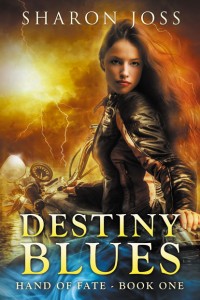
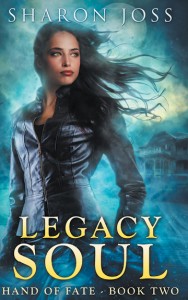
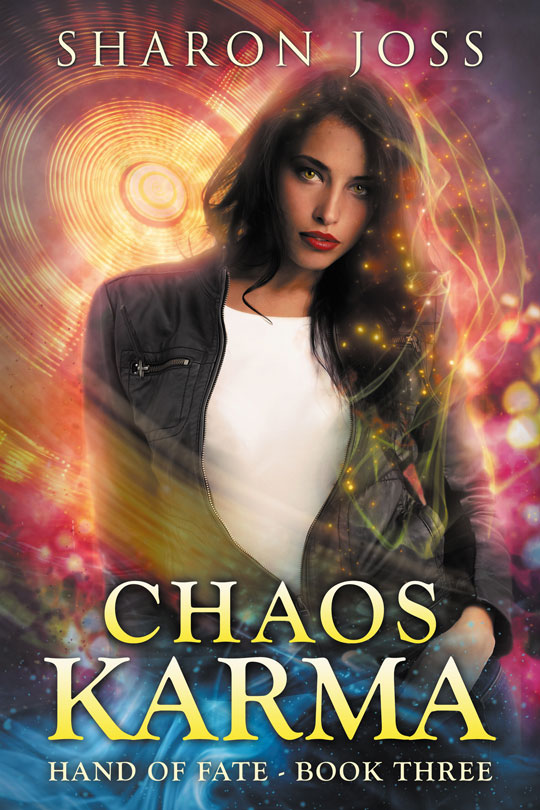
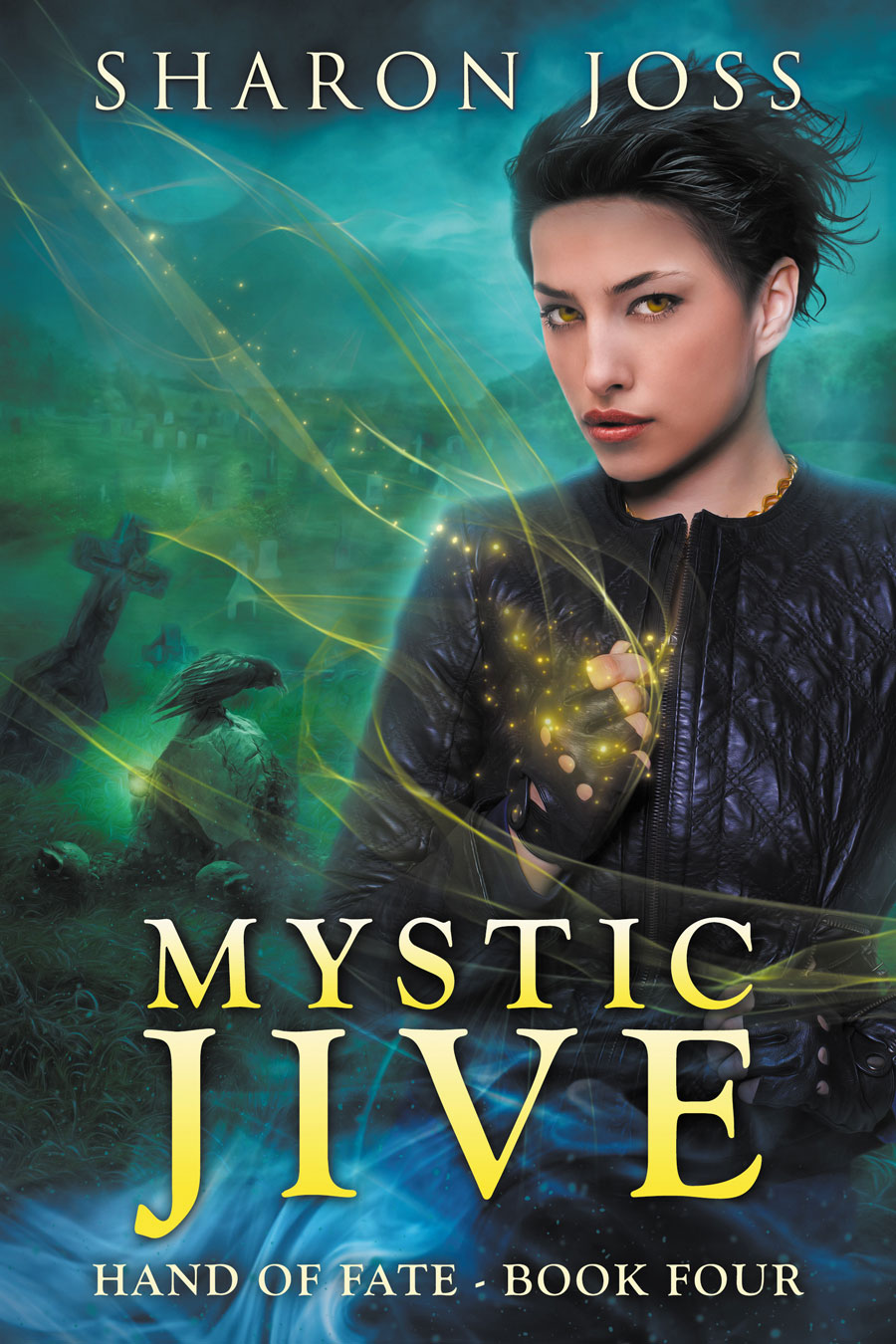
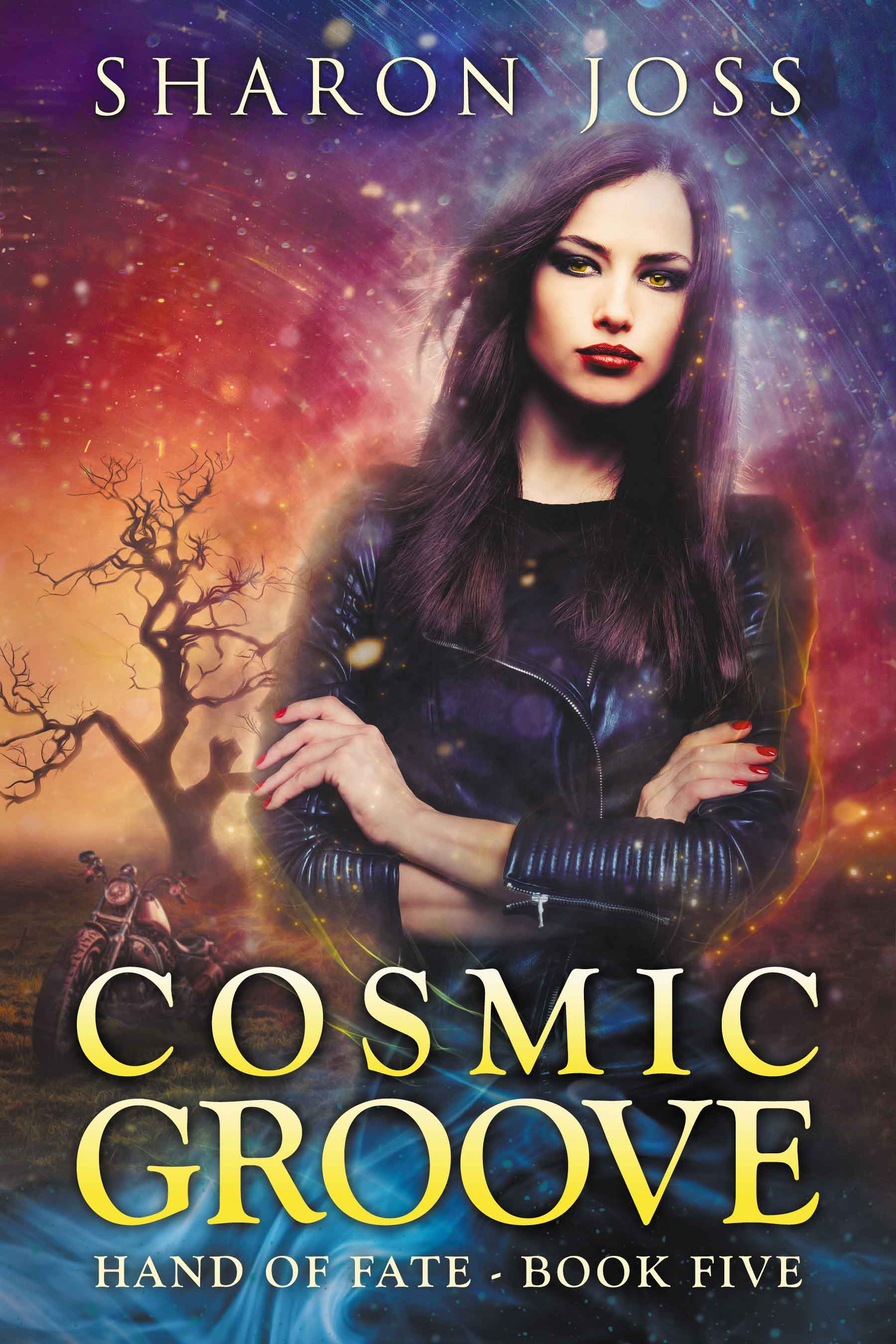
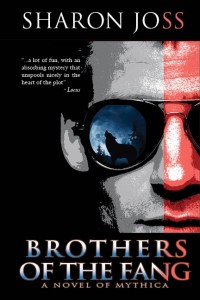
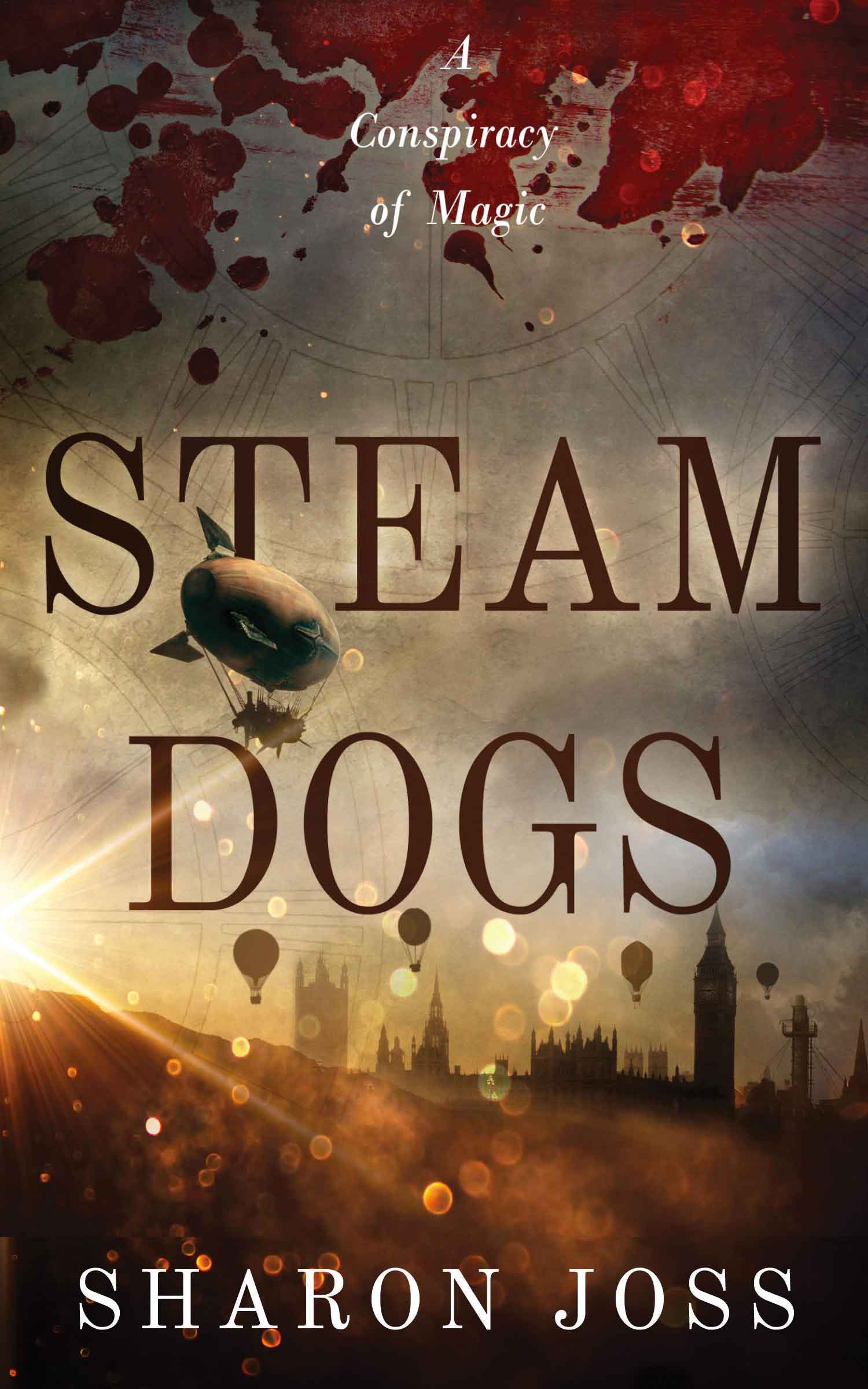
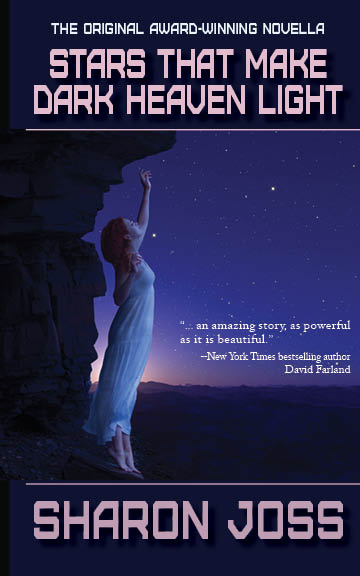

For screenplays I eventually use three-by-five index cards and end up with about 200 or so, each representing a scene. Thankfully, novel-writing is looser, but you do have to plan. I like doing both. It appears you’re on the path you need to be on.